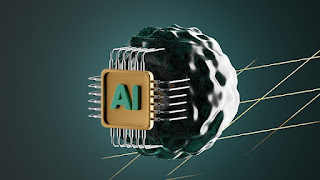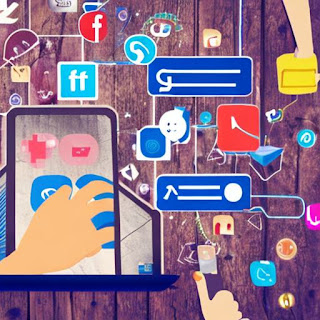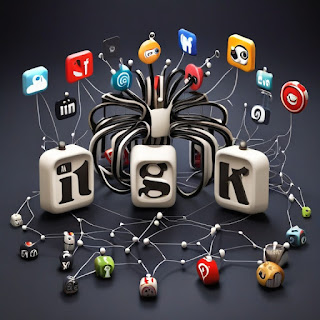AI Tools For Sparking Creativity
Artificial Intelligence (AI) has come a long way in recent years, and it has revolutionised many industries. From healthcare to finance, AI tools are being used to automate processes, analyse data, and gain insights that were previously impossible. In this article, we will explore some of the AI tools for sparking creativity.
Google AI Platform
Google AI Platform is a cloud-based platform that allows developers to build, train, and deploy machine learning models at scale. It provides a variety of tools and services that can help businesses and developers to accelerate their AI projects. With Google AI Platform, developers can access pre-built machine learning models, use AutoML to automate the creation of custom models, and train models using Tensor flow, PyTorch, and other popular frameworks. Additionally, the platform provides tools for monitoring and debugging models, making it easier to identify and fix issues.
OpenAI GPT-3
OpenAI GPT-3 is one of the most advanced language models in the world. It is a deep learning-based AI tool that can generate human-like text, translate languages, and perform many other language-related tasks. GPT-3 has the ability to learn from massive amounts of data, making it capable of generating highly accurate and contextually relevant responses. This tool has been used for a variety of applications, including chatbots, virtual assistants, and content creation.
IBM Watson
IBM Watson is an AI-powered platform that provides a wide range of services, including natural language processing, machine learning, and computer vision. It offers a variety of APIs that can be used to analyse text, images, and videos. Watson can be used to build chatbots, virtual assistants, and other intelligent systems. Additionally, Watson provides a platform for developers to build custom AI applications.
Microsoft Cognitive Services
Microsoft Cognitive Services is a collection of pre-built AI models that can be integrated into a variety of applications. It includes APIs for text analytics, speech recognition, image recognition, and more. Developers can use these services to build intelligent applications that can understand and interpret natural language, recognize faces and objects, and generate recommendations based on user behaviour.
Hugging Face Transformers
Hugging Face Transformers is an open-source library that provides pre-trained language models and tools for natural language processing. It is built on top of PyTorch and provides a simple interface for developers to use these models in their applications. Transformers can be used for a variety of tasks, including sentiment analysis, text generation, and question-answering.
AI and Creativity: An Unlikely Duo
The very idea of AI and creativity may seem paradoxical at first. After all, creativity is often associated with the realm of human emotion, intuition, and artistic expression. However, AI has proven itself to be an invaluable assistant in nurturing creativity rather than replacing it. Here's how it achieves this delicate balance:
Idea Generation: AI algorithms are designed to process massive datasets, draw connections, and propose novel ideas based on patterns they recognize. For writers, artists, and innovators, AI can generate a plethora of fresh ideas to jumpstart their creative processes.
Data Insights: AI-driven data analysis can reveal trends and insights that may not be apparent to human creators. This allows individuals to make more informed, data-backed creative decisions.
Collaboration and Inspiration: AI can serve as a creative collaborator, helping individuals refine their ideas and offering new perspectives. It can sift through a wide range of references, such as books, images, or music, to inspire creators with a wealth of material.
Time Efficiency: By automating repetitive tasks, AI frees up more time for creators to focus on the essence of their work, whether that's composing music, painting, or writing.
Let's delve into a few examples of how AI tools are being used across different creative domains:
Art and Design: AI-powered software like Adobe's Photoshop and Illustrator have integrated features that assist artists in generating patterns, suggesting color schemes, and even creating entire pieces of art based on input.
Music Composition: Musicians are using AI algorithms to assist in composing melodies, generating background scores, and even creating entirely new music genres.
Writing: Authors and content creators can utilize AI to draft articles, edit grammar, and provide style suggestions. It helps save time and enhances the overall quality of the content.
Film Production: AI can analyze vast datasets to predict which type of movies or shows might be popular, and it can also assist in video editing, special effects, and even generating scripts
In conclusion, these are just a few of the many AI tools that are available today. These tools can help businesses and developers to automate processes, gain insights, and create intelligent applications. As AI technology continues to evolve, we can expect to see more innovative and powerful tools that will change the way we work and live.




Comments
Post a Comment